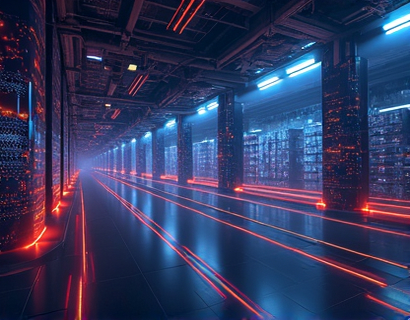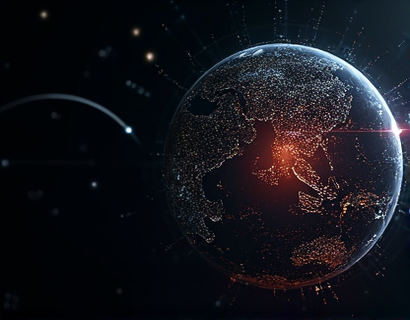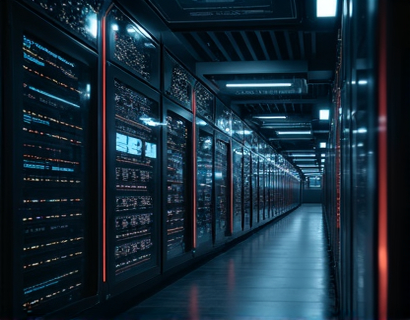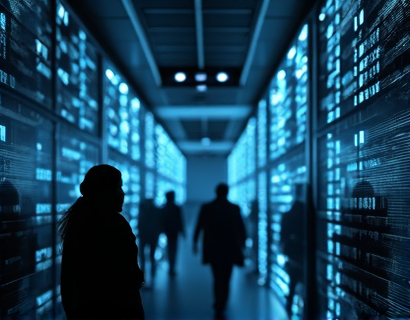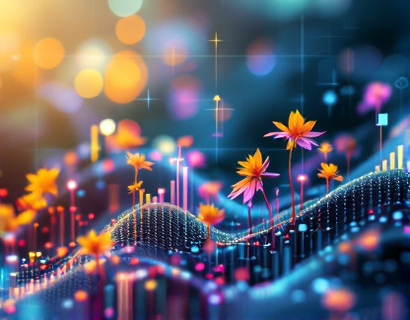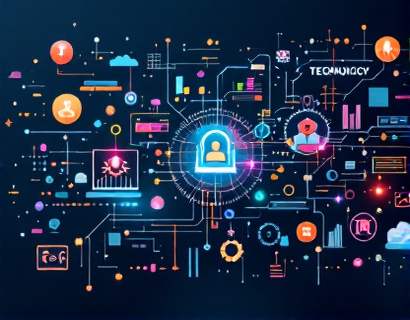Maximizing Aquaculture Business Efficiency with Specialized Software Solutions
In the rapidly evolving landscape of aquaculture, business owners and managers face numerous challenges that can impact the efficiency and profitability of their operations. From managing complex logistics and resource allocation to ensuring compliance with regulatory standards, the demands on aquaculture businesses are more stringent than ever. Specialized software solutions have emerged as a critical tool for managers and owners seeking to streamline their operations, enhance productivity, and maintain a competitive edge in the market. This article delves into the various ways in which these software solutions can transform aquaculture businesses, providing essential tools and insights for success.
Understanding the Importance of Software in Aquaculture
The aquaculture industry is characterized by its reliance on precise environmental controls, intricate supply chain management, and rigorous data tracking. Software solutions are designed to address these specific needs by offering tailored functionalities that can significantly improve operational efficiency. For instance, advanced software can monitor water quality parameters in real-time, alerting managers to any deviations that could affect fish health. This proactive approach not only ensures the well-being of the aquatic life but also minimizes the risk of costly outbreaks and losses.
Moreover, the integration of software in aquaculture extends beyond mere monitoring. It encompasses a wide range of functionalities, including inventory management, financial tracking, and production scheduling. By consolidating these processes into a single, user-friendly platform, software solutions help reduce manual errors, save time, and provide a comprehensive overview of business performance. This holistic approach is essential for managers and owners who need to make informed decisions quickly and efficiently.
Enhancing Productivity through Automation
One of the most significant benefits of specialized software in aquaculture is the automation of routine tasks. Automation reduces the need for manual intervention, allowing staff to focus on more strategic activities that drive business growth. For example, automated feeding systems can adjust feed quantities based on real-time data such as water temperature, fish size, and activity levels. This not only optimizes feed usage but also ensures that fish receive the appropriate nutrition at the right times, leading to healthier growth and higher yields.
Additionally, software can automate data collection and reporting processes. Manual data entry is prone to errors and can be time-consuming. Automated data collection through sensors and IoT devices ensures that all relevant information is accurately recorded and easily accessible. This data can then be analyzed to identify trends, optimize operations, and forecast future needs. For instance, by analyzing growth patterns and feed efficiency, managers can adjust their strategies to maximize output while minimizing costs.
Optimizing Resource Management
Effective resource management is crucial for the sustainability and profitability of aquaculture businesses. Specialized software solutions provide powerful tools for managing resources such as water, feed, and energy. Water management systems can monitor and control parameters like pH, dissolved oxygen, and ammonia levels, ensuring optimal conditions for fish health. These systems can also alert managers to potential issues before they become critical, allowing for timely interventions.
Feed management is another area where software excels. By tracking feed usage and converting it into growth metrics, software helps managers optimize feed formulations and feeding schedules. This not only reduces waste but also lowers feed costs, a significant expense in aquaculture operations. Energy management tools can monitor and control the use of electricity and other energy sources, helping to reduce utility bills and minimize the environmental footprint of the operation.
Streamlining Operations and Supply Chain Management
Supply chain management is a complex aspect of aquaculture that involves coordinating the flow of goods and services from suppliers to the final product. Specialized software solutions can significantly streamline this process by providing real-time visibility into every stage of the supply chain. Managers can track the status of orders, monitor inventory levels, and receive alerts when stock is low or when there are delays. This level of visibility helps in making informed decisions, reducing lead times, and improving overall efficiency.
Furthermore, software can integrate with supplier systems, enabling seamless communication and transaction processing. This integration reduces the risk of errors and ensures that all parties have access to the most up-to-date information. For example, automated purchase orders can be generated based on real-time inventory data, ensuring that stock levels are maintained without overstocking. This not only optimizes inventory management but also improves cash flow by reducing the need for excess storage and minimizing the risk of spoilage.
Compliance and Reporting
Compliance with regulatory standards is a critical concern for aquaculture businesses. Specialized software solutions can help manage compliance by providing tools for tracking and documenting necessary records. These systems can automate the generation of reports required by regulatory bodies, ensuring that all documentation is accurate and up-to-date. This not only saves time but also reduces the risk of non-compliance penalties.
Additionally, software can assist in monitoring and managing environmental impact assessments, which are increasingly important for obtaining and maintaining operating licenses. By tracking key performance indicators related to water quality, waste management, and biodiversity, software helps businesses demonstrate their commitment to sustainability. This can be a significant advantage in markets where consumers and regulators prioritize environmentally responsible practices.
Data Analytics and Decision Making
One of the most powerful aspects of specialized software in aquaculture is its ability to provide deep insights through data analytics. By collecting and analyzing vast amounts of data, software can identify patterns and trends that might not be apparent through manual analysis. Managers can use these insights to make data-driven decisions that optimize operations and drive business growth.
For example, predictive analytics can forecast market demand, helping managers adjust production schedules to meet consumer needs. This not only ensures that products are available when needed but also prevents overproduction, which can lead to waste and financial losses. Similarly, software can analyze historical data to identify the most profitable product mixes and pricing strategies, enabling managers to maximize revenue.
Environmental data analytics can also play a crucial role in sustainable aquaculture. By monitoring factors such as water temperature, nutrient levels, and disease prevalence, software can help managers implement practices that minimize environmental impact while maintaining high production levels. This dual focus on profitability and sustainability is essential for long-term success in the aquaculture industry.
User-Friendly Interfaces and Scalability
For software solutions to be truly effective, they must be user-friendly and scalable. A intuitive interface ensures that staff at all levels can easily navigate the system and access the features they need. This is particularly important in aquaculture operations where staff may have varying levels of technical expertise. Training requirements should be minimal, allowing for quick adoption and maximum utilization of the software's capabilities.
Scalability is another critical factor, as aquaculture businesses can grow and evolve over time. Software solutions should be able to adapt to increasing demands, whether that means handling more complex operations, managing larger facilities, or expanding into new markets. A scalable system ensures that the investment in software continues to provide value as the business grows.
Case Studies and Real-World Applications
To better understand the impact of specialized software in aquaculture, let's consider a few real-world examples. A large-scale salmon farm in Norway implemented a comprehensive software solution that integrated water quality monitoring, feed management, and production scheduling. The result was a 15% increase in fish growth rates and a 10% reduction in feed costs. The real-time data and automated processes allowed the farm to respond quickly to any issues, maintaining optimal conditions and maximizing productivity.
Another example is a shrimp farm in Thailand that used software to optimize its inventory and supply chain management. By integrating with suppliers and automating purchase orders, the farm reduced its inventory holding costs by 20% and improved its on-time delivery rate to 95%. The software's reporting tools also provided valuable insights into market trends, enabling the farm to adjust its production strategies accordingly.
These case studies demonstrate the tangible benefits of specialized software in aquaculture, from increased efficiency and reduced costs to improved product quality and market responsiveness. By leveraging these tools, managers and owners can gain a competitive edge and ensure the long-term success of their businesses.
Conclusion
In conclusion, specialized software solutions offer a transformative approach to managing aquaculture businesses. By automating routine tasks, optimizing resource management, streamlining operations, and providing powerful data analytics, these tools enable managers and owners to enhance productivity, reduce costs, and maintain compliance with regulatory standards. As the aquaculture industry continues to grow and face new challenges, the adoption of advanced software solutions will be essential for staying competitive and achieving sustainable success.



